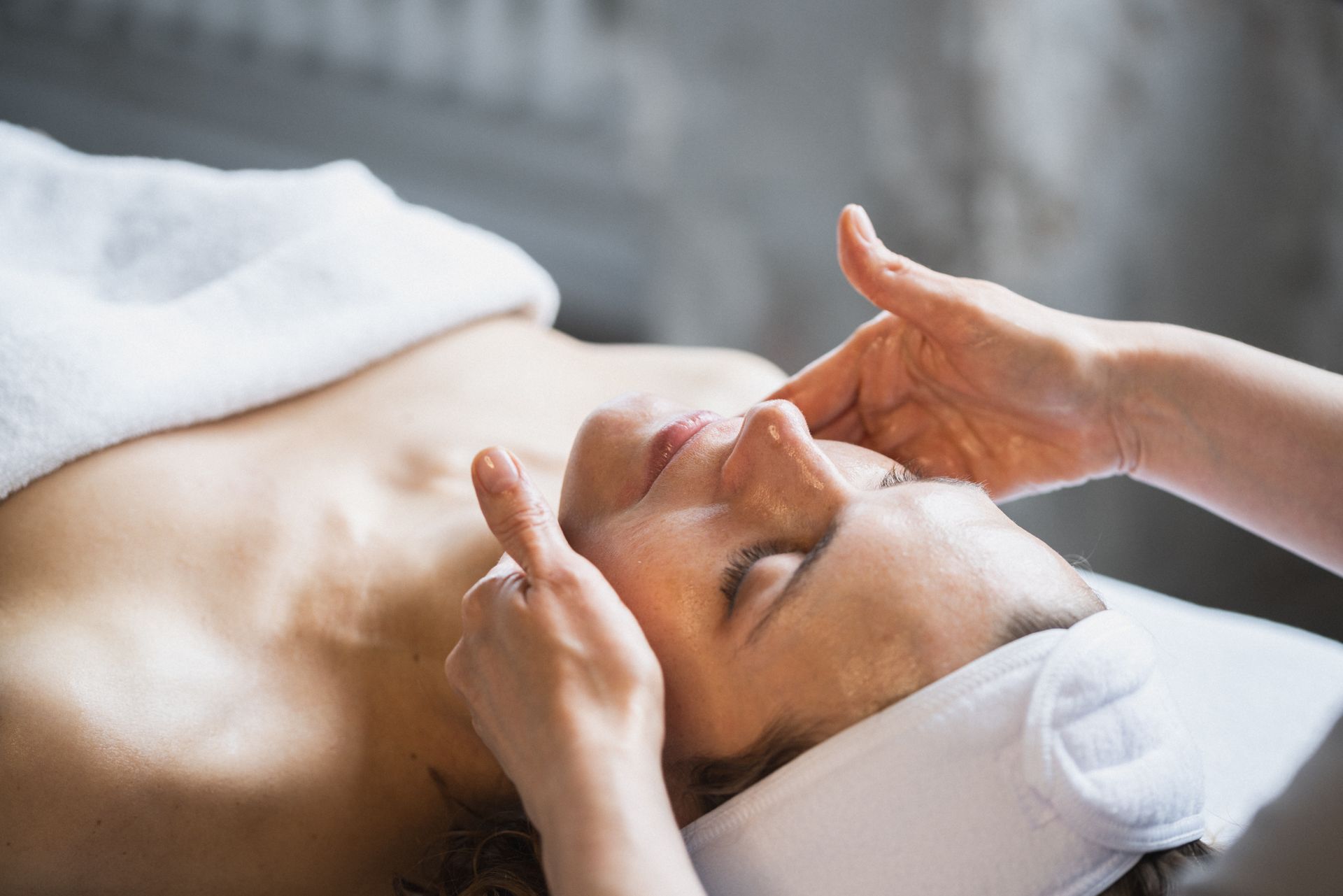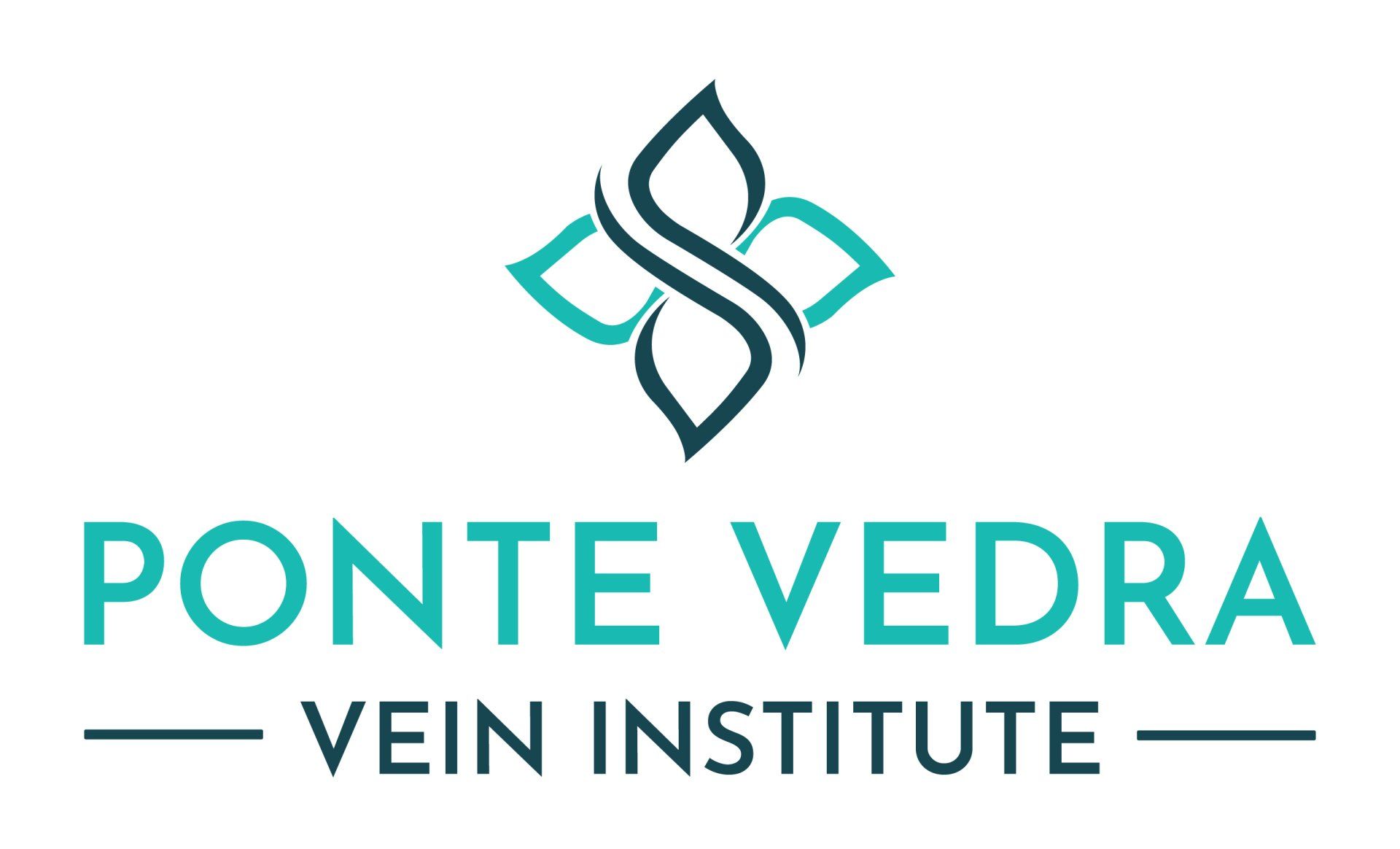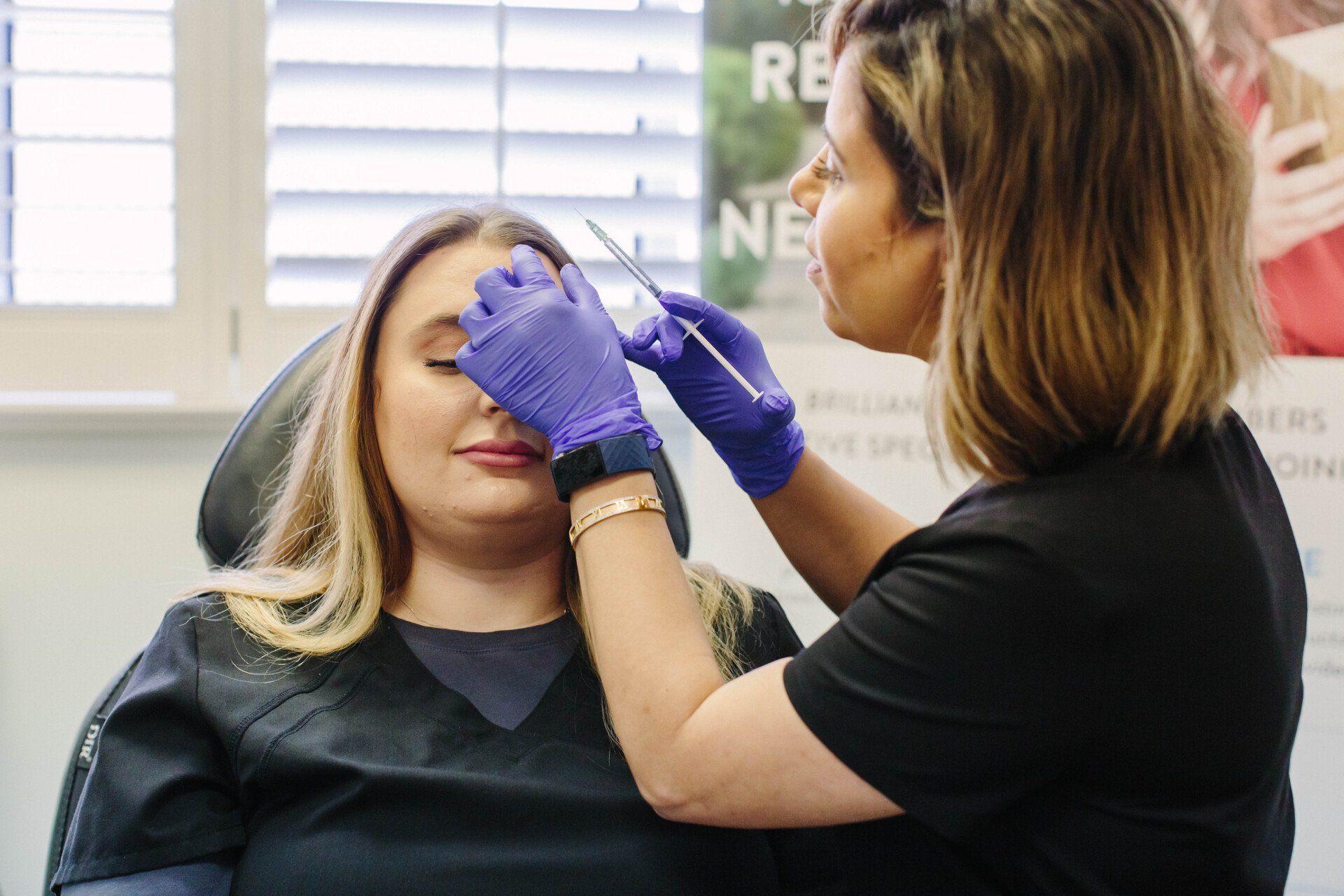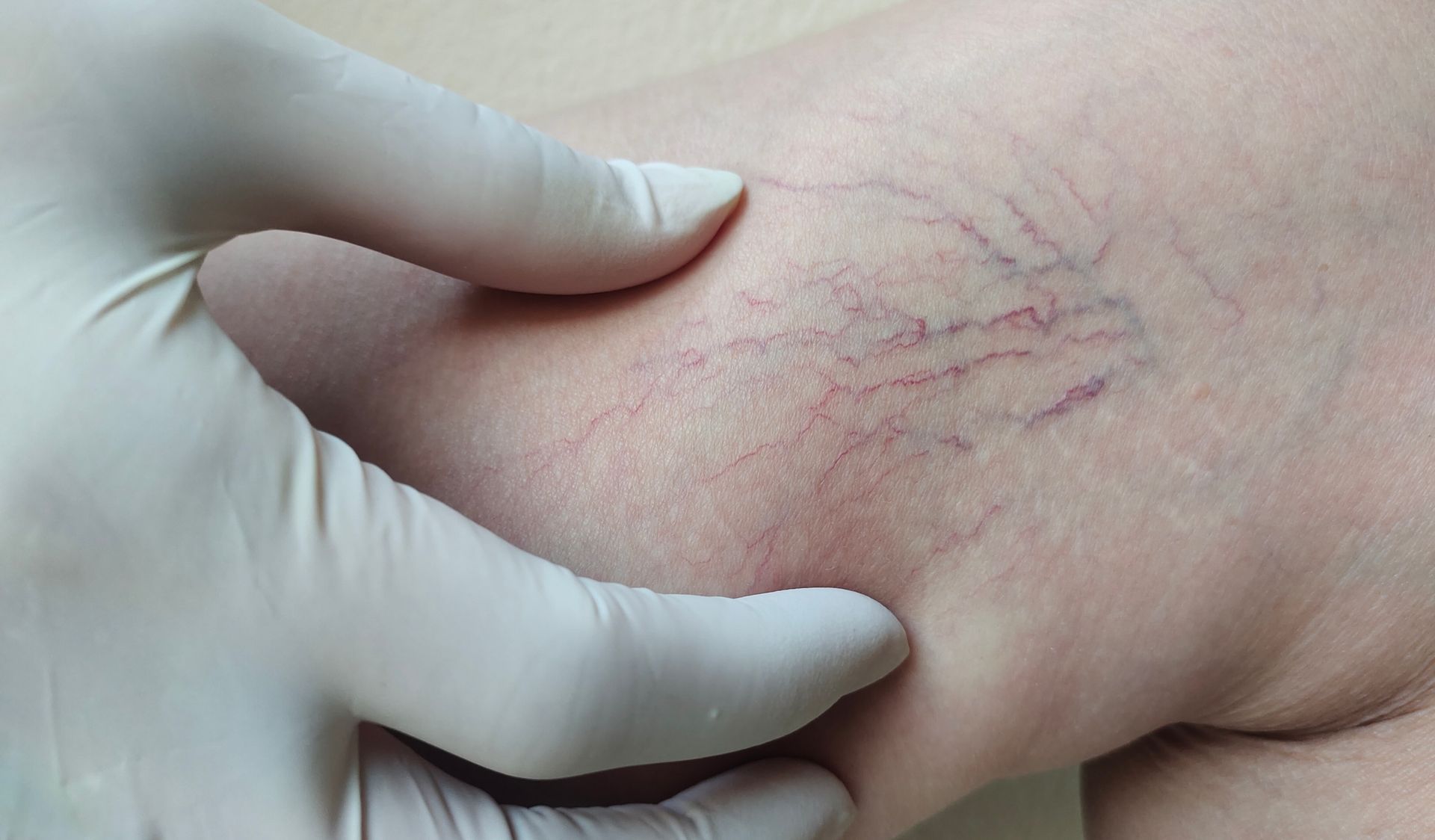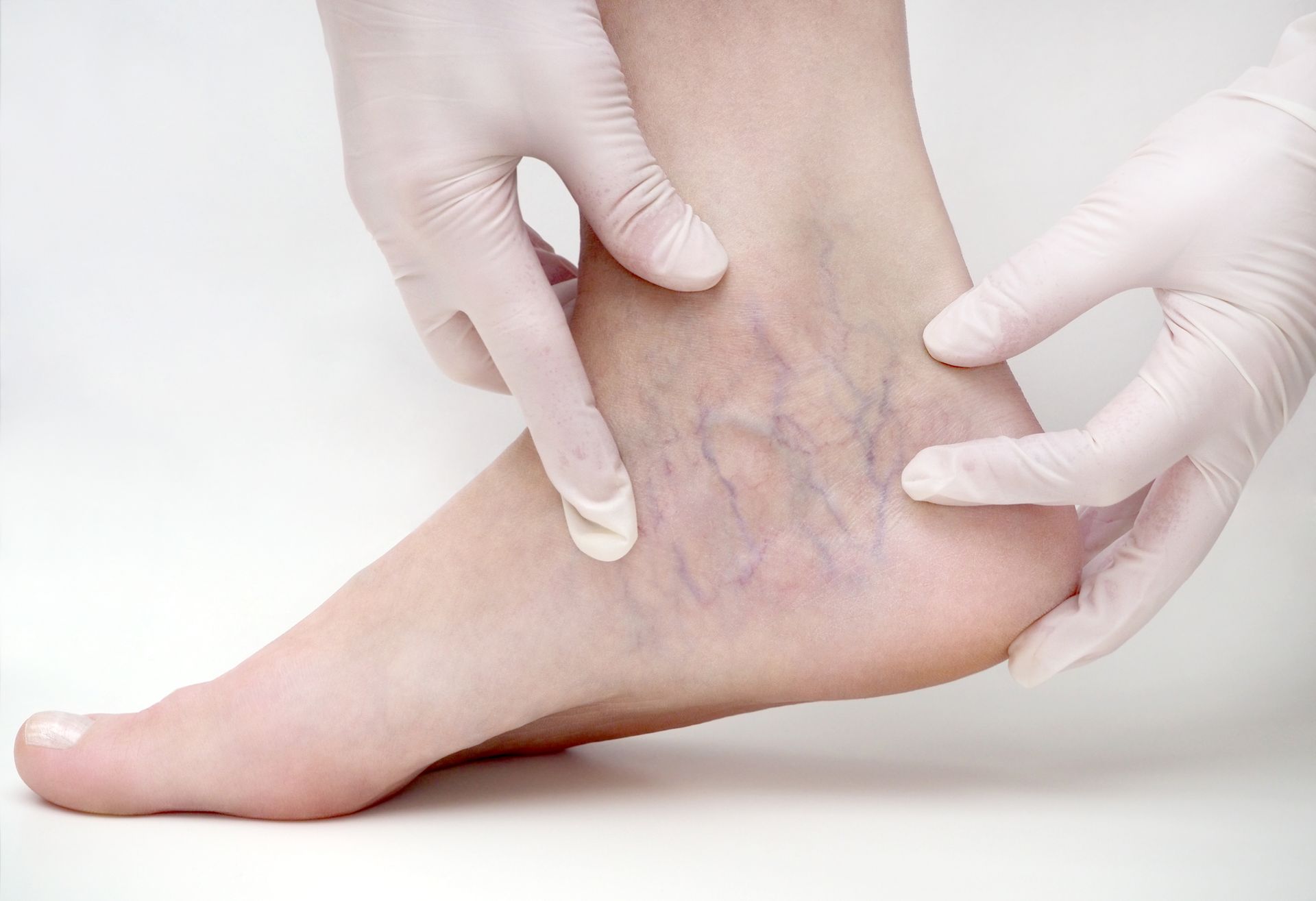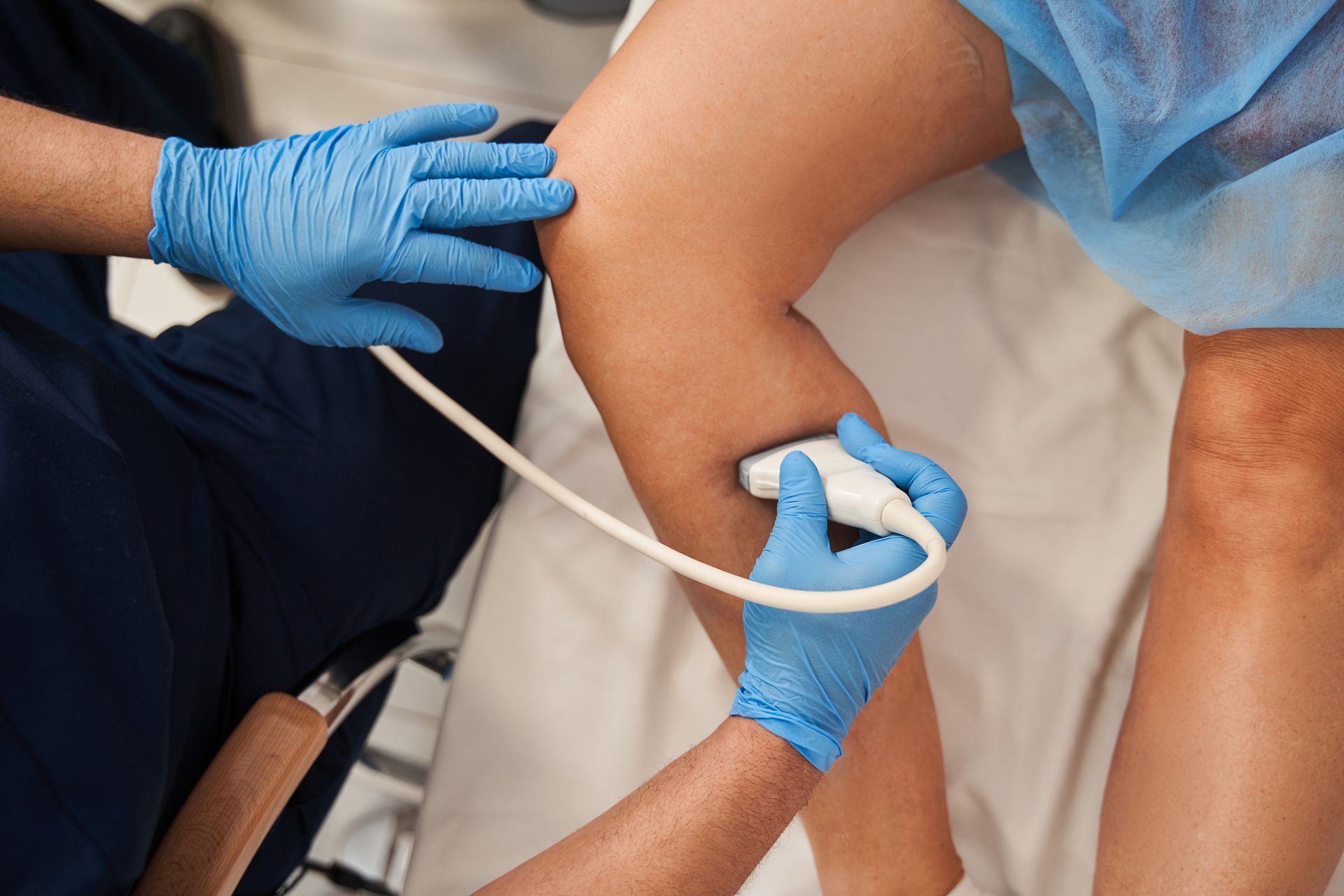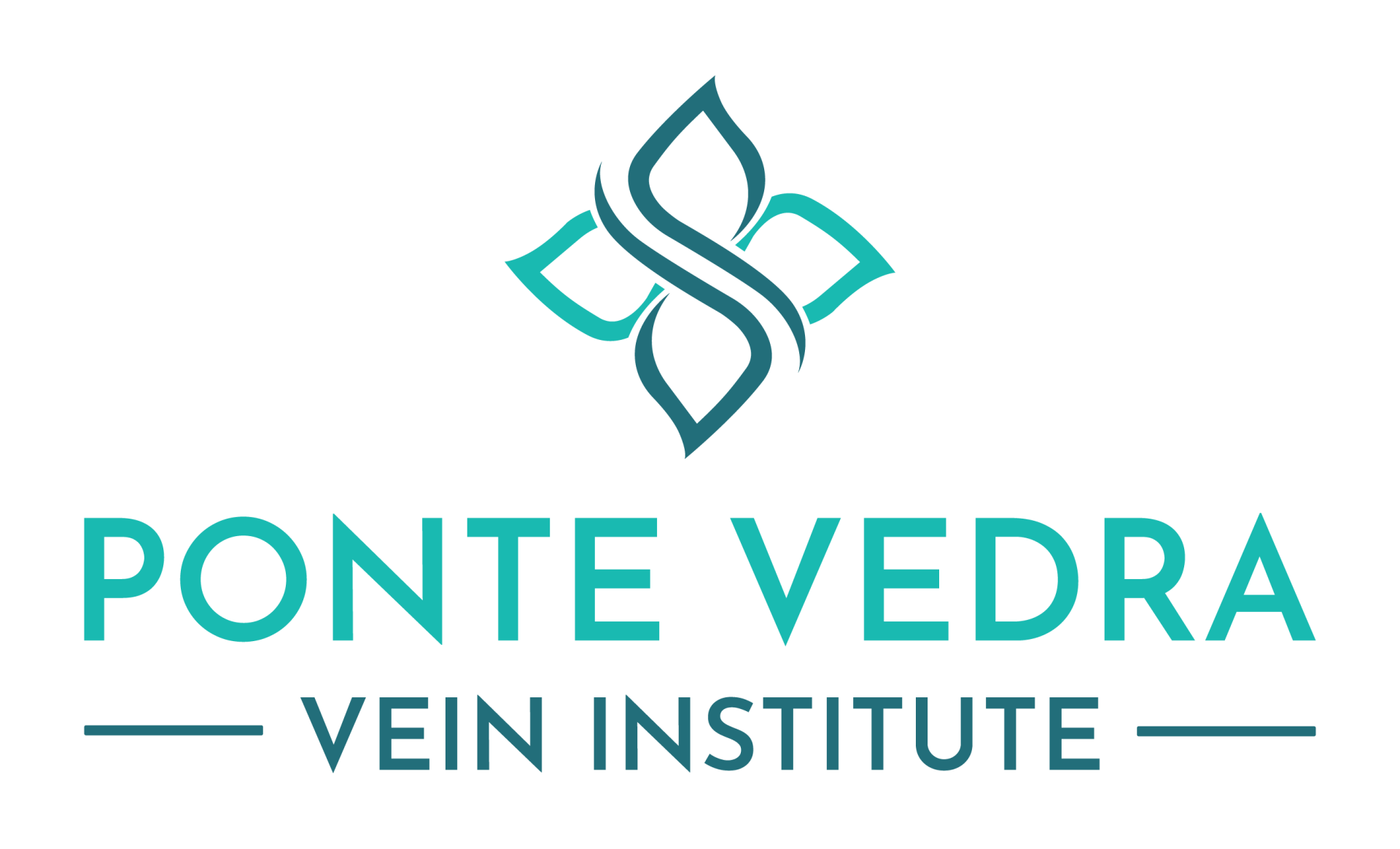Stem Cell Therapy for Skin: Question and Answers
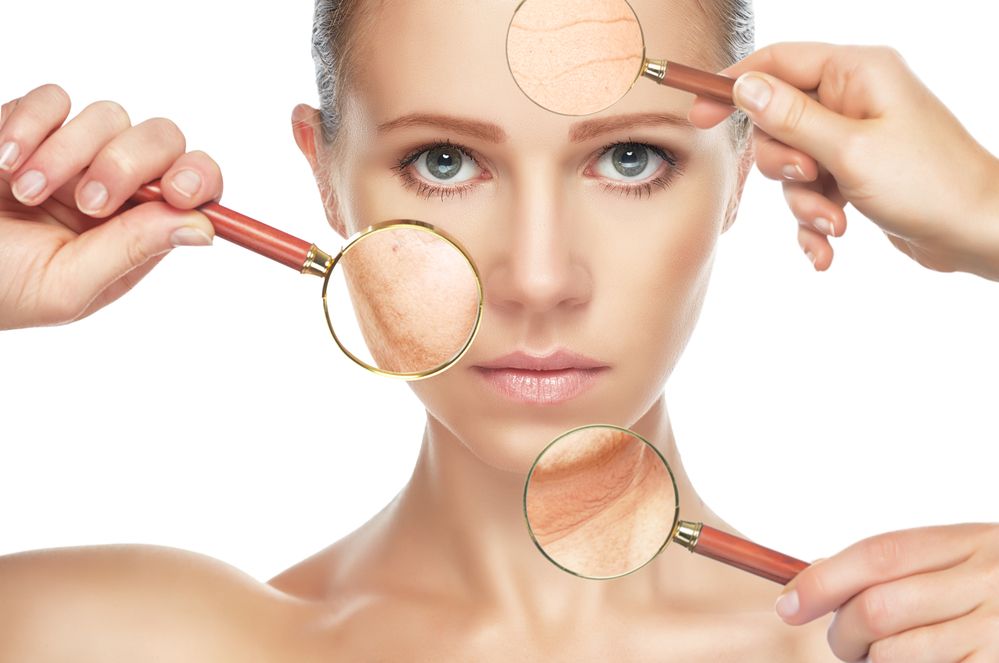
If you've seen your body perform remarkable feats to heal itself in the past, you may feel frustrated that it can't seem to do the same for facial blemishes, wrinkles, or other facial conditions. However, you can indeed help your skin regenerate new cells to reverse or reduce such problems, thanks to a technique called stem cell therapy.
If you need to rejuvenate or regenerate your skin, you can benefit greatly from a basic understanding of stem cell therapy, from what stem cells do and how physicians use them to what to expect from the procedure. Check out the following questions and answers about stem cell therapy.
How Does Stem Cell Therapy Work?
Every human body contains stem cells. Doctors refer to them as undifferentiated cells because they have not yet differentiated and become any particular type of cell such as a blood, brain, nerve, or skin cell. When stem cells come into contact with specialized cells, a chemical reaction changes them into that type of cell.
Although stem cells play a critical role in tissue replacement and regeneration, not every part of the body has easy or sufficient access to them. In stem cell therapy, physicians extract stem cells from a rich source such as fat tissue. They then inject those cells in the form of a concentrated stem cell serum into the area that needs help regenerating itself.
What Skin Problems Can Stem Cell Therapy Treat?
Since stem cells can transform into skin cells, they can help damaged skin heal itself more efficiently and completely. Injections of stem cells can trigger the growth of new collagen, the connective tissue that gives skin its firmness and resilience. Stem cells can also fight inflammation and nourish the skin with antioxidants.
These benefits make stem cell therapy useful for treating fine lines, wrinkles, and loose or baggy facial skin. Stem cell therapy can also aid in wound healing, help you get acne inflammation under control, reduce sun-related damage, and help skin wounds repair themselves while reducing scarring in the process.
How Can Stem Cell Therapy Complement Other Treatments?
If you'd resigned yourself to a major cosmetic procedure such as a facelift, you may find that you get the smoothing and tightening effects you seek through stem cell therapy instead. But if you want a facelift, stem cell therapy's anti-aging and accelerated healing properties paired with the facelift can help you enjoy better results.
A course in stem cell therapy may allow you to make less use of other cosmetic rejuvenation techniques as well. For instance, the reduction of fine lines from stem cell therapy may mean that you can either forget about using injections such as fillers or rely on those products to a much lesser degree.
If you want to enhance the benefits of stem cell therapy further, ask your cosmetic practitioner about combining it with another natural healing technique called Platelet-Rich Plasma (PRP) therapy. The injection of platelet-rich plasma at the treatment site feeds the skin with growth factors and stimulates the skin's natural healing processes and improves one’s complexion.
What Should You Expect From Stem Cell Therapy?
A preliminary evaluation can help determine whether stem cell therapy will live up to your expectations. This procedure works best for people who need to correct minor skin issues. If you want to alter your facial skin more dramatically, you may require a facelift or other cosmetic surgical procedure instead.
Stem cell therapy consists of two primary steps. First, the doctor will remove fat cells from your abdomen or other area, separating the stem cells from the other components. The stem cells then go into a syringe for injection at the treatment site. Your doctor can accomplish the entire treatment in a single outpatient session.
Unlike more invasive procedures, stem cell therapy does not require significant recovery time. You should also suffer no notable side effects apart from some temporary soreness.
Ponte Vedra Vein Institute offers stem cell therapy among its many services for improving the appearance and function of your skin and veins. Contact our clinic today to learn more about stem cell therapy for the skin and schedule a consultation with our medical team.
